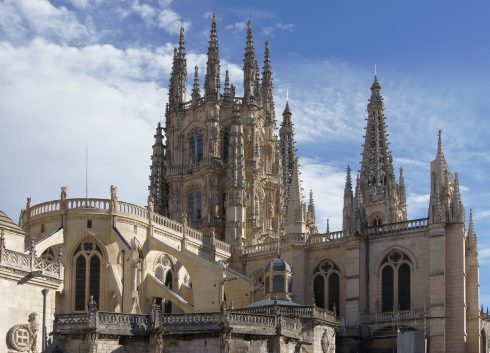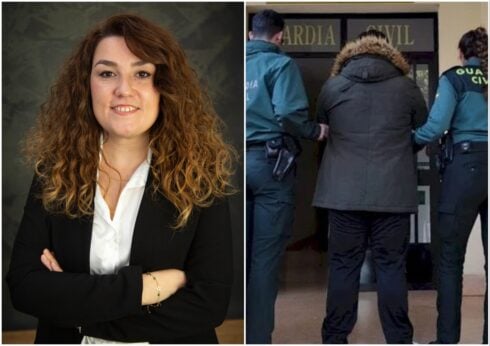THOUSANDS have marched on Madrid to protest against last week’s new abortion laws.
The Partido Popular say they will fight the new bill all the way to the constitutional court.
Fiercely condemned by the Roman Catholic Church, the bill was passed in a close senate vote of 132 to 126.
From July, abortion will be available on demand up to 14 weeks and, if it endangers the mother, up to 22 weeks.
Although the legislation is now in line with many European countries, a strong Catholic opposition slowed the process.
With the Pope due to visit in September, Spanish Catholics will be listening closely to his comments on abortion.
Click here to read more News from The Olive Press.






Abortion is primarily a human rights issue, not just a Catholic concern. Historical evidence shows that the drafters of the European Convention on Human Rights(1950) included the unborn child for protection.
John P. Humphrey, a prominent Canadian professor of international law who was appointed by the UN to oversee the drafting of all the foundational human rights instruments, has reminded us of the real source for the drafting of the European Convention:
…the European Convention for the Protection of Human Rights and Fundamental Freedoms was modelled on the draft of the Covenant on Civil and Political Rights as it existed in 1950.
The draft of the Covenant on Civil and Political Rights “as it existed in 1950” affirmed very clearly that the right to life belonged to every human being from the moment of conception.
The UN Commission on Human Rights at the 6th Session (1950) had agreed on the following text:
Every human being from the moment of conception has the inherent right to life.
Inalienability is a fundamental principle of international human rights law. The right to legal protection for every human being from the moment of conception is one of the equal and inalienable rights of all members of the human family proclaimed at the start as the foundation of justice in the world. No one may destroy that right, nor deprive any human being of that right, nor transfer that right, nor renounce it—that’s what inalienable means. And when the Preamble goes on to say:
…it is essential…that human rights should be protected by the rule of law
it is clear that no one may remove the human rights of the unborn child from the protection provided by the rule of law. The term “no one” means no treaty monitoring committee, no commission, no legislature, no judiciary—none of these has the authority to de-recognize the human rights of any individual human being or any selected group of human beings. If it is permissible to withdraw legal protection for the human rights of any one group (such as children before birth), then it may be permissible some time in the future to withdraw legal protection for any other group (such as children immediately after birth, children with a disability, Jewish children, middle-aged women with dementia, old men with incontinence, and so on).